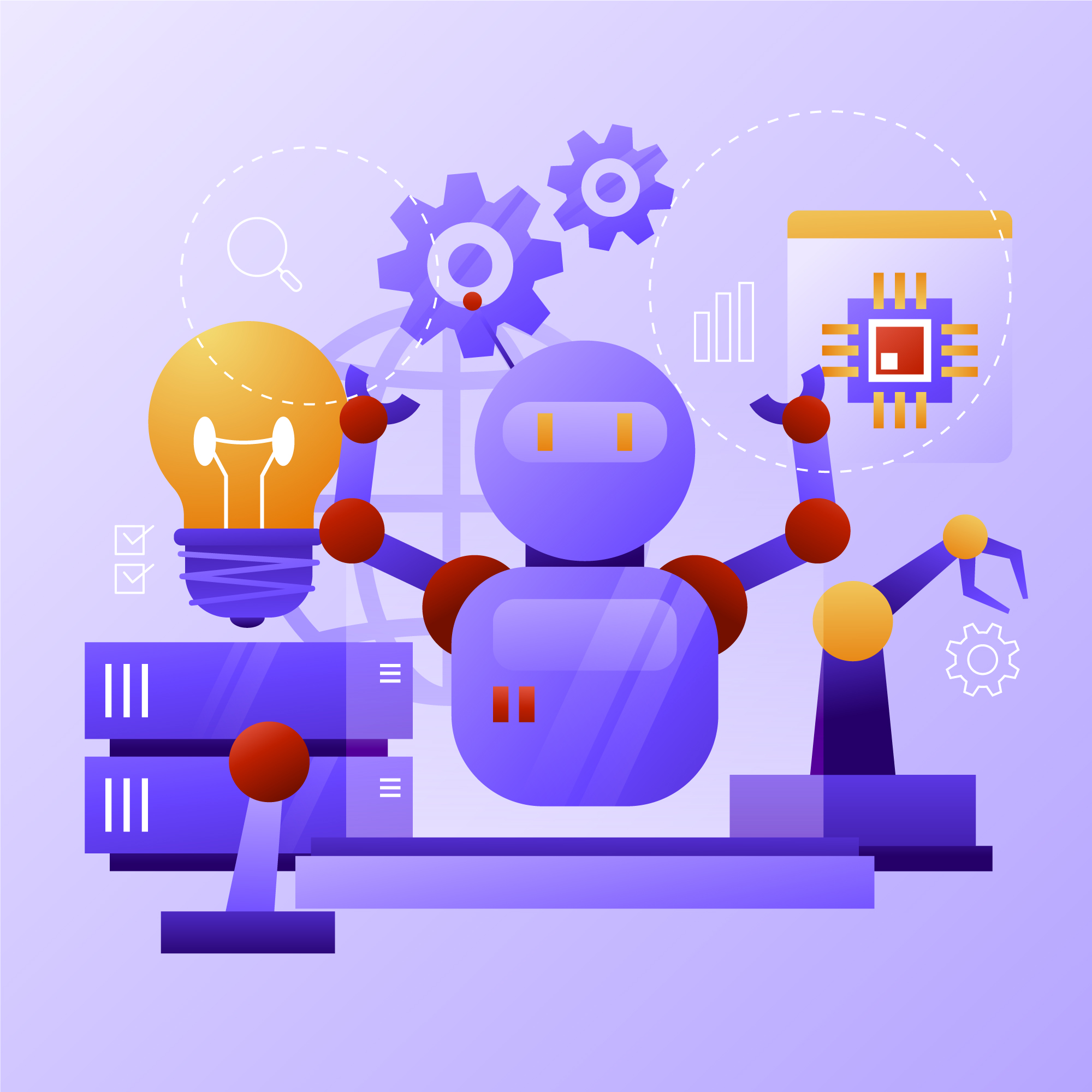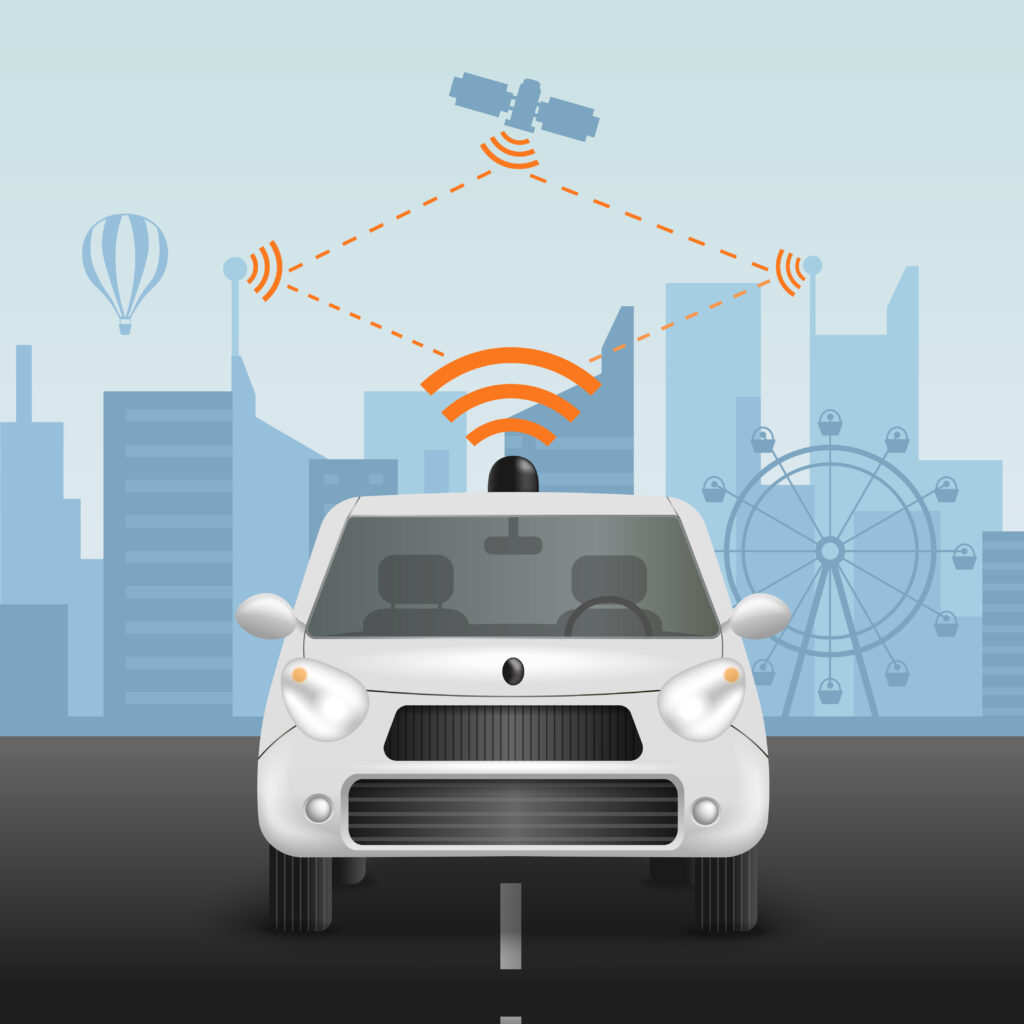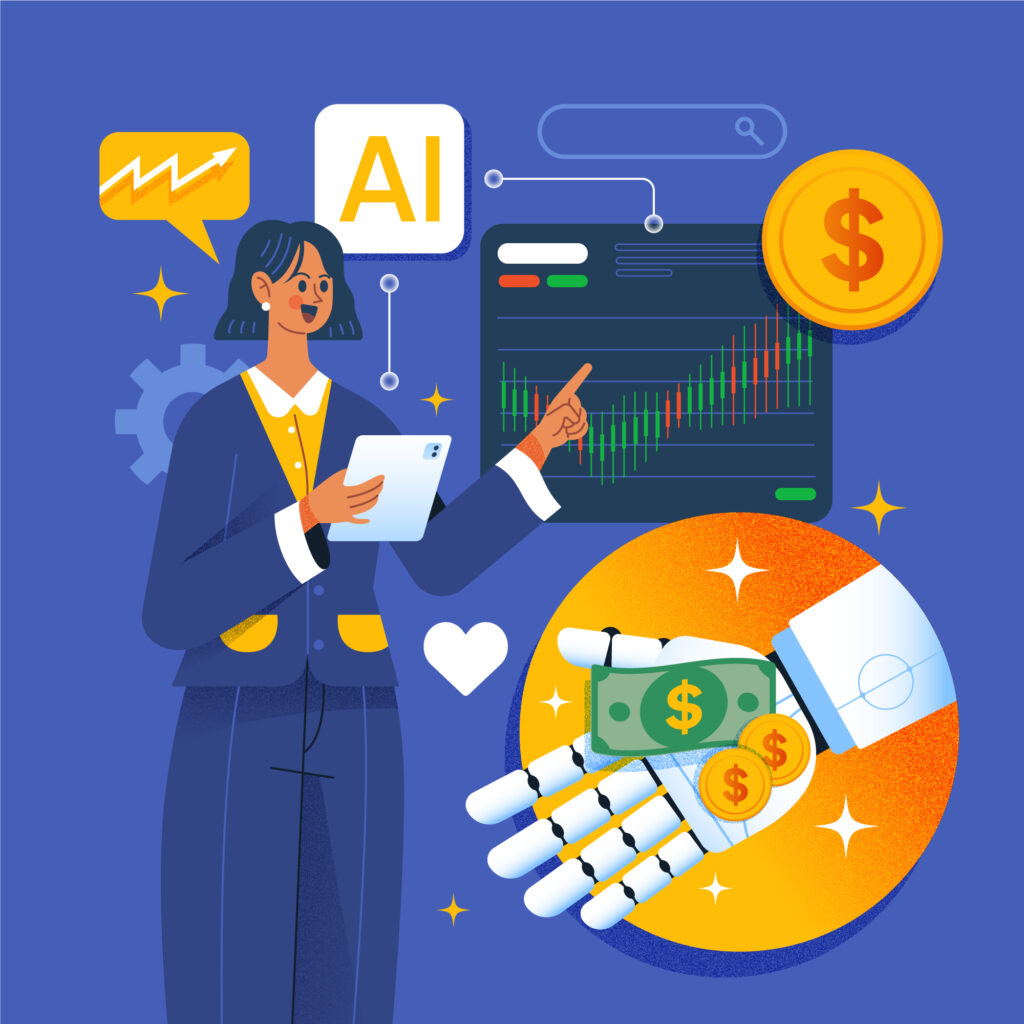In the world of artificial intelligence and natural language processing, there’s a new player in town, and it’s changing the game. ChatGPT 4, the latest iteration of OpenAI‘s revolutionary language model, has arrived on the scene, and it’s poised to transform the way we interact with AI. In this blog, we’ll explore the capabilities and potential of ChatGPT 4, diving into the world of AI conversations, and how this powerful tool can benefit businesses and individuals alike.
What is ChatGPT 4?
ChatGPT 4 is the fourth generation of OpenAI’s language model, following in the footsteps of its predecessors, GPT-3 and GPT-2. It represents a significant leap forward in AI conversational abilities, offering more natural and context-aware responses, improved handling of nuanced queries, and enhanced language understanding. Let’s take a closer look at some of the key features that make ChatGPT 4 stand out:
- Contextual Awareness: ChatGPT 4 is highly adept at maintaining context within a conversation. It can remember and reference information from previous messages, making interactions feel more fluid and natural.
- Expanded Vocabulary: With a vast vocabulary at its disposal, ChatGPT 4 can provide more accurate and contextually appropriate responses, making conversations with AI feel less robotic and more human-like.
- Improved Handling of Prompts: It excels at understanding and generating responses to prompts, whether they are questions, commands, or requests for creative content like stories or poetry.
- Multilingual Capabilities: ChatGPT 4 can communicate in multiple languages, breaking down language barriers and making it a versatile tool for a global audience.
- Enhanced Fact-Checking: It has been trained to fact-check information and provide more accurate responses, promoting the dissemination of reliable information.
- Customization: Businesses and developers can fine-tune ChatGPT 4 to suit their specific needs, creating customized AI models for various applications.
Applications of ChatGPT 4
The versatility and power of ChatGPT 4 open up a world of possibilities across various domains. Here are some of the exciting applications:
1. Customer Support and Service
ChatGPT 4 can be integrated into websites and apps to provide instant and efficient customer support. It can handle common queries, troubleshoot issues, and even guide users through complex processes.
2. Content Generation
Content creators can leverage ChatGPT 4 to generate high-quality articles, blog posts, marketing materials, and more. It’s an invaluable tool for brainstorming ideas and expanding creative horizons.
3. Language Translation
Its multilingual capabilities make it an excellent choice for real-time language translation services. Travelers, international businesses, and language enthusiasts can benefit from its accurate translations.
4. Education and Tutoring
ChatGPT 4 can serve as a virtual tutor, assisting students with homework, explaining concepts, and providing practice exercises. It can adapt to different learning styles and pace.
5. Healthcare Consultations
In the healthcare sector, ChatGPT 4 can assist with patient inquiries, provide basic medical information, and even schedule appointments. It acts as a valuable resource for healthcare professionals and patients alike.
6. E-commerce
Online retailers can employ ChatGPT 4 to assist shoppers in finding products, making purchase decisions, and addressing common queries. It enhances the overall shopping experience.
7. Creative Writing
Writers and authors can collaborate with ChatGPT 4 to brainstorm ideas, overcome writer’s block, and explore new genres or writing styles.
8. Programming Assistance
Developers can use ChatGPT 4 to seek help with coding problems, understand documentation, and generate code snippets, making it an indispensable tool in the tech world.
How ChatGPT 4 Works
ChatGPT 4’s remarkable capabilities are powered by its underlying architecture, which combines deep learning and natural language processing techniques. Here’s a simplified overview of how it works:
- Training Data: ChatGPT 4 is trained on a massive dataset containing text from the internet. It learns patterns, grammar, context, and general knowledge from this vast corpus of text.
- Neural Network: It uses a deep neural network consisting of millions of parameters to process and generate text. This network is capable of capturing and reproducing complex language patterns.
- Contextual Understanding: ChatGPT 4 employs a mechanism known as the Transformer architecture, which allows it to understand the context of a conversation. It pays attention to previous messages to generate contextually relevant responses.
- Fine-Tuning: OpenAI fine-tunes ChatGPT 4 on specific datasets and tasks to enhance its performance in various applications.
The Impact of ChatGPT 4 on AI Conversations
ChatGPT 4 represents a significant milestone in the evolution of AI conversations. It brings us closer to the elusive goal of creating AI systems that can engage in natural and meaningful interactions with humans. Here’s how it’s making an impact:
- Enhanced User Experience: With its ability to understand context and generate coherent responses, ChatGPT 4 provides a smoother and more satisfying user experience. Conversations feel less stilted and more like genuine interactions.
- Increased Efficiency: Businesses can streamline their operations by automating tasks that would otherwise require human intervention. This leads to cost savings and improved productivity.
- Global Accessibility: Its multilingual capabilities make it accessible to people around the world, breaking down language barriers and fostering cross-cultural communication.
- Innovation Catalyst: ChatGPT 4 sparks innovation across industries. Developers are finding new and creative ways to integrate it into their applications, creating novel solutions to old problems.
- Empowering Individuals: ChatGPT 4 empowers individuals to access information, learn new skills, and accomplish tasks with greater ease. It’s like having a knowledgeable assistant available 24/7.
Customization and Fine-Tuning
One of the standout features of ChatGPT 4 is its flexibility and adaptability. Businesses and developers can customize the model to suit their specific needs. This customization involves fine-tuning the AI on specific datasets or tasks. Here’s how it works:
- Dataset Selection: Developers choose a dataset that aligns with their application. For example, an e-commerce company might fine-tune ChatGPT 4 on product descriptions and customer queries.
- Training: The model is trained on the selected dataset to learn the nuances and specific patterns of the chosen domain. This fine-tuning process enhances the AI’s performance in that particular area.
- Quality Control: OpenAI emphasizes the importance of responsible AI deployment. They encourage developers to implement quality control measures to ensure that the AI behaves ethically and responsibly.
The Ethical Implications
While ChatGPT 4 offers immense potential, it also raises important ethical considerations. Here are some key ethical considerations associated with AI like ChatGPT 4:
- Bias: AI models can inadvertently perpetuate biases present in their training data. Developers need to be vigilant in identifying and mitigating bias in AI systems.
- Privacy: Conversations with AI can contain sensitive information. It’s crucial to implement robust privacy measures to protect user data.
- Misinformation: AI systems, if not properly fact-checked, can generate and spread misinformation. Developers and users alike should exercise caution.
- Job Displacement: Widespread adoption of AI conversational systems can potentially lead to job displacement in certain industries. Society must address the implications for the workforce.
The Future of AI Conversations
As ChatGPT 4 continues to evolve and improve, the future of AI conversations looks promising. Here are some trends and possibilities to watch out for:
- Hybrid AI-Human Interaction: We can expect to see more seamless integration of AI and human interactions, with AI handling routine tasks and humans focusing on complex and creative tasks.
- Improved Multimodal AI: AI models like ChatGPT 4 may integrate with other AI systems to provide multimodal responses, including text, images, and voice, making interactions even more immersive.
- AI in Healthcare: AI conversational systems are likely to play a significant role in healthcare, assisting medical professionals, and providing healthcare information to patients.
- Education Revolution: AI tutors like ChatGPT 4 could revolutionize education, providing personalized learning experiences to students worldwide.
- Ethical AI Development: Developers will continue to prioritize ethical AI development, focusing on transparency, fairness, and accountability.
In conclusion, ChatGPT 4 is a game-changer in the world of AI conversations. Its advanced capabilities, customization options, and potential applications make it a versatile and powerful tool. However, it’s essential to navigate the ethical considerations associated with AI and ensure responsible deployment. As we move forward, the future of AI conversations holds the promise of more natural, efficient, and meaningful interactions between humans and machines. It’s an exciting journey into the world of AI, where the power of conversation is truly unleashed.



